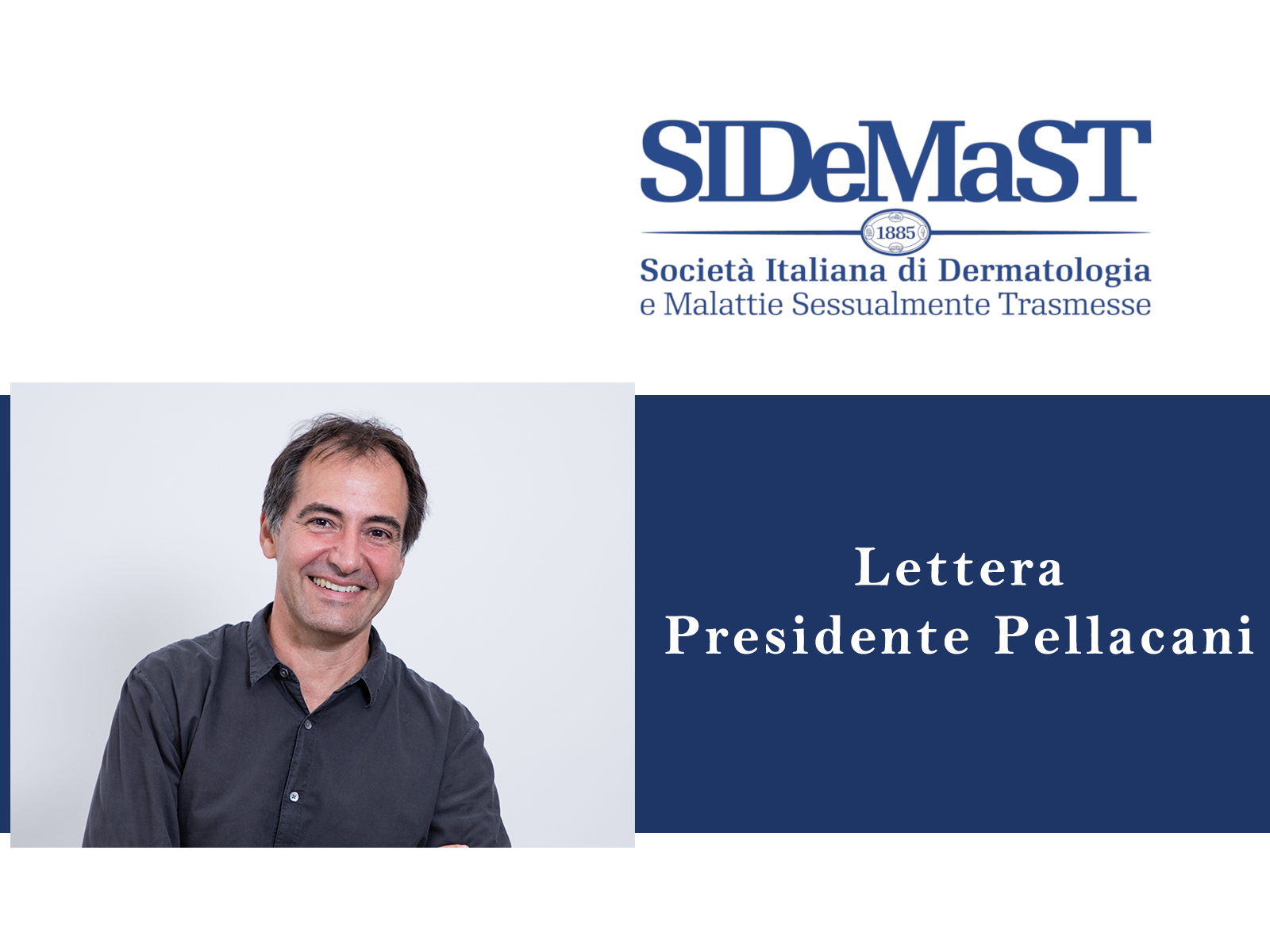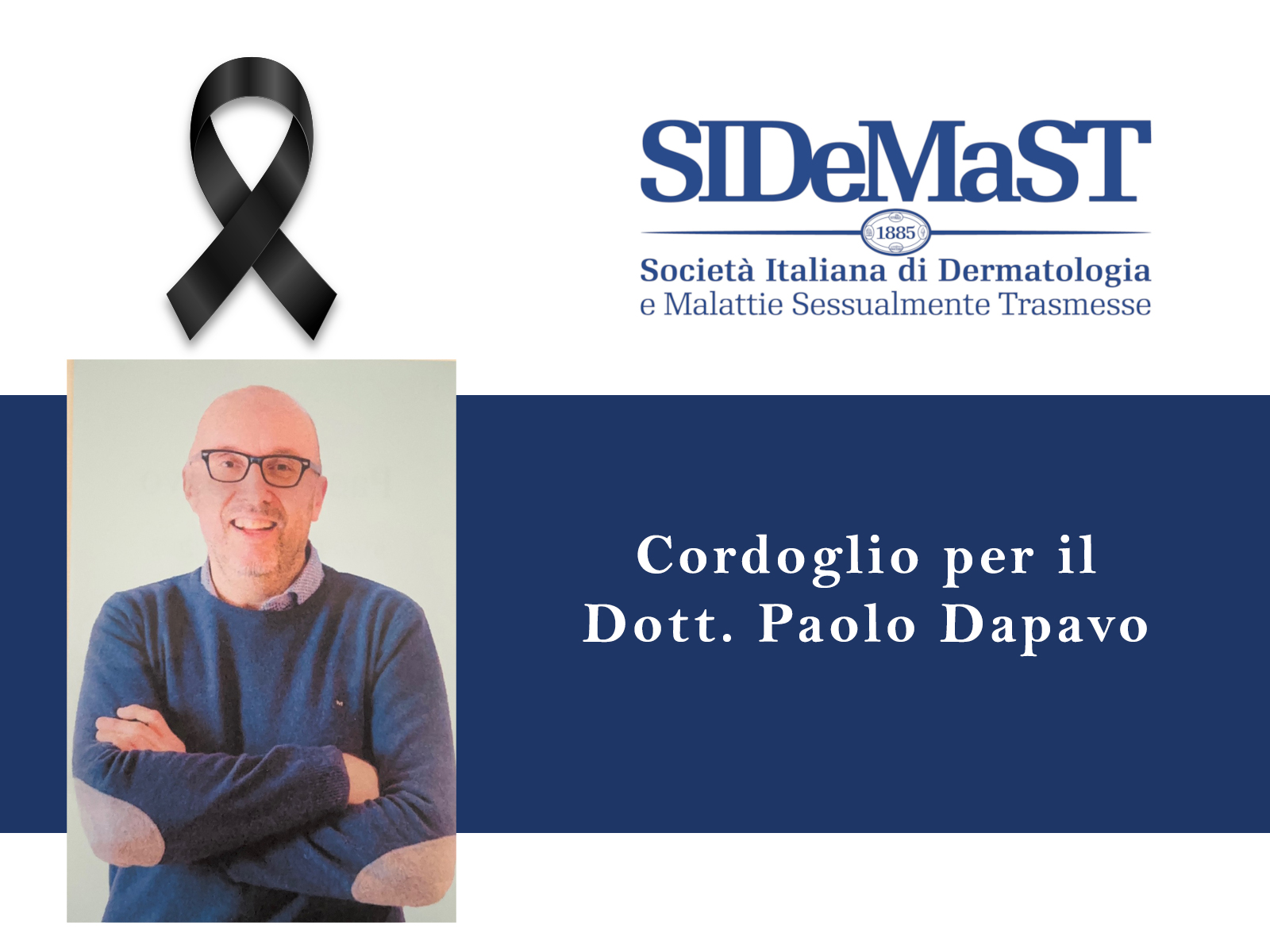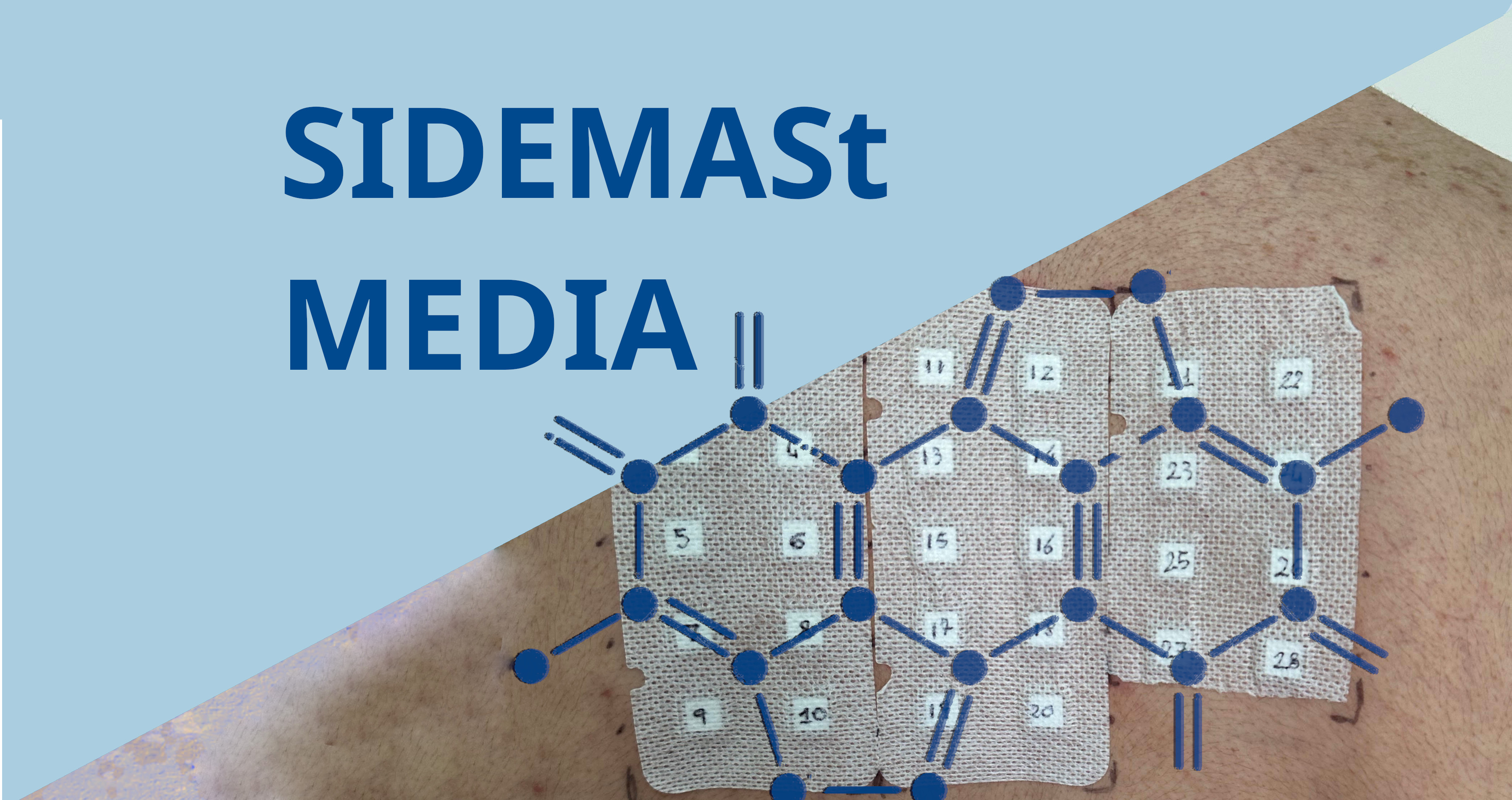Ixekizumab is effective and safe for the treatment of active psoriatic arthritis (PsA) in patients who have not previously been treated with biological disease-modifying antirheumatic drugs (bDMARDs), according to a study presented here at the 2015 Annual Scientific Meeting of the American College of Rheumatology/Association of Rheumatology Health Professionals (ACR/ARHP).
"In bDMARD-naive patients with active PsA, ixekizumab treatment significantly improved or had a favourable impact on disease activity, physical function, progression of structural damage, dactylitis and enthesitis, and skin clearance of plaque psoriasis," said Philip J. Mease, MD, University of Washington, Seattle, Washington, on November 8.
The current PsA armamentarium of non-steroidal anti-inflammatory drugs, glucocorticoids, and DMRADs are not always effective, with dwindling efficacy or development of intolerance in some patients. The SPIRIT-P1 trial examined the effect of ixekizumab compared with placebo in bDMARD-naïve patients with active PsA, with adalimumab included as an active control.
Inclusion criteria for the phase 3 SPIRIT-P1 trial (NCT01695239) were an established diagnosis of PsA and active disease (?3 tender and ?3 swollen joints) for at least 6 months, erosion of at least 1 joint or C-reactive protein (CRP) level >6 mg/L, and psoriatic skin lesion or history of psoriasis. Current/prior use of biologic compounds for psoriasis or PsA, inadequate response to ?4 conventional DMARDs, and a serious infection within the prior 3 months were grounds for exclusion.
A total of 417 patients were randomised to placebo (n = 106), ixekizumab (n = 210), or adalimumab (n = 101). Ixekizumab-treated patients received a starting dose of 160 mg administered subcutaneously, followed by subcutaneous administration of 80 mg once every 2 weeks (Q2W; n = 103) or 80 mg once every 4 weeks (Q4W; n = 107). Adalimumab 40 mg was administered subcutaneously Q2W. The study was not powered to make a direct comparison between the ixekizumab and adalimumab arms.
The primary endpoint was the proportion of patients with active PsA who achieved a 20% percent improvement in tender or swollen joint counts and 20% improvement in 3 of another 5 American College of Rheumatology benchmarks by week 24. Secondary objective measures of ixekizumab versus placebo at weeks 12 and 24 included ACR20/50/70, psoriasis area and severity index (PASI) 75/90/100 scores, health assessment questionnaire-disability index (HAQ-DI), van der Heijde modified total sharp score (mTSS), Leeds enthesitis index (LEI), Leeds dactylitis index-basic (LDI-B), and disease activity score (28 diarthrodial joint count) based on CRP (DAS28-CRP).
The study arms were comparable at baseline in demographics and PsA-related aspects. About 54% of the patients were currently using methotrexate. Overall, 382 (91.6%) patients completed the 24-week treatment, with a completion rate of >90% in each treatment arm.
The primary outcome was met, with a significantly greater ACR20 response evident in the 3 treatment arms versus placebo as early as 1 week. At 24 weeks, ACR20 was achieved by 62%, 58%, 57%, and 30% of patients in the ixekizumab Q2W, ixekizumab Q4W, adalimumab, and placebo arms, respectively (P < .05 for each treatment arm vs placebo). A significantly greater percentage of patients treated with ixekizumab 80 mg Q2W or Q4W achieved ACR50, ACR70, and PASI 75/90/100 responses than patients given placebo at 12 and 24 weeks (all P < .01). The ixekizumab Q2W and Q4W arms also had significantly greater reductions than placebo for LDI-B at both 12 and 24 weeks (all P ? .01). Significant reductions compared to placebo were not evident for LEI. Significant improvements were evident in the ixekizumab Q2W and Q4W arms compared to placebo at 12 and 24 weeks in DAS28-CRP (P ? .001 and P ? .01 for the respective arms at both times) and HAQ-DI (P ? .001 for both arms at both times) and for mTSS at 24 weeks (P ? .001 and P ? .01, respectively). Adalimumab was also generally more effective than placebo, as anticipated.
At 24 weeks, the incidence of treatment-emergent adverse events was greater (P < .05) in the ixekizumab Q2W and Q4W arms (n = 102 [65.7%] and n = 107 [66.4%], respectively; P ? .001) and the adalimumab arm (n = 101 [65.4%]) than in the placebo arm (n = 106 [47.2%]). The rates of serious adverse events in the ixekizumab Q2W and Q4W arms (n = 3 [2.9%] and n = 6 [5.6%], respectively) and the adalimumab arm (n = 5 [5.0%]) were higher than in the placebo arm (n = 2 [1.9%]) but were not significantly different. Adverse event-related discontinuation of therapy was similar across groups. One case each of herpes zoster and oesophageal candida occurred in the ixekizumab Q2W arm, and 1 case of oral candida occurred in the ixekizumab Q4W arm. There were no deaths.
"Efficacy and safety results of ixekizumab further support the currently ongoing clinical development program in PsA," said Dr. Mease.
Ixekizumab selectively and avidly binds to and neutralises the proinflammatory cytokine interleukin 17A, a molecule that is influential in autoimmune diseases, including PsA and psoriasis. PsA is a progressive, chronic, and destructive disease that can cause swelling, stiffness, and pain in and around the joints, nail changes, and impaired physical function. It affects up to 1% of the general population and about a third of those with psoriasis.
Funding for the study was provided by Eli Lilly and Company.








